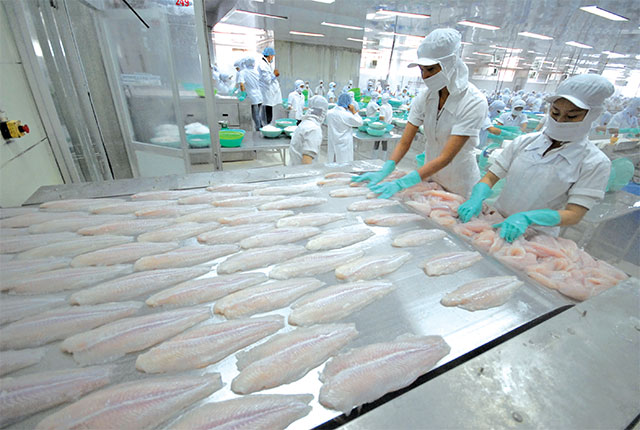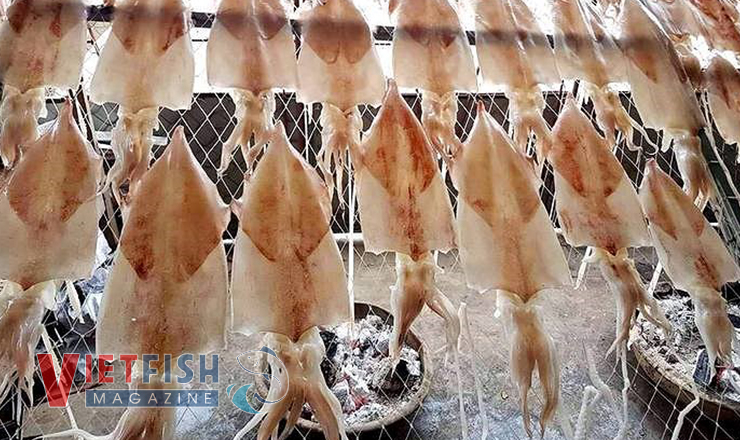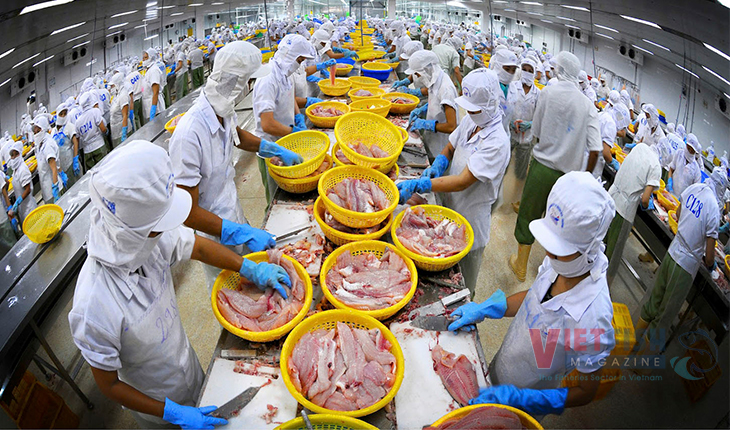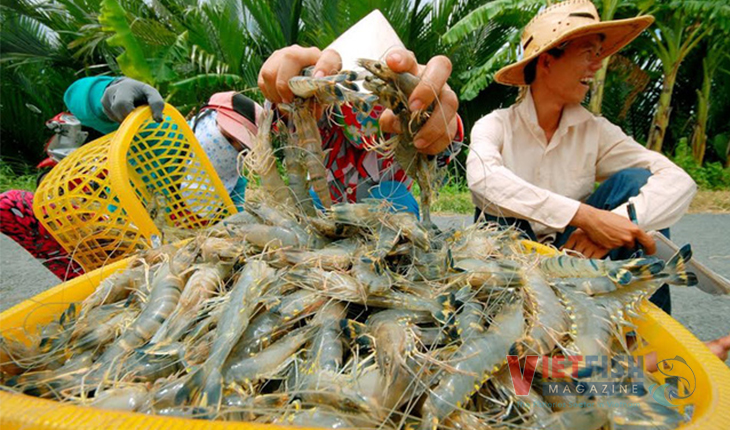Vietnam-Mercosur FTA kicks off negotiations: Expectations for pangasius exports to Brazil
Brazil is a member of the South American Common Market (MERCOSUR), with nearly 300 million consumers, representing about 70% of South America's population. It is Vietnam's largest trading partner in Latin America and one of the top three markets for Vietnam's pangasius exports. In the first ten months of 2024, Brazil was the third-largest importer of Vietnam's pangasius, following China and the United States.
According to data from Vietnam’s Customs, the total export value of Vietnamese pangasius to Brazil reached USD 104 million in the first 10 months of this year, marking a 24% increase compared to the same period last year. In October 2024, export turnover surpassed USD 15 million, up 15% from October 2023. Monthly exports have shown stable growth throughout the year, with positive growth in all months except February and August.
According to data from the International Trade Centre (ITC), Vietnam was the largest supplier of white fish (primarily pangasius) to Brazil in the first eight months of this year, with exports totaling USD 86 million—an increase of 54% compared to the same period last year. This accounted for 36% of Brazil’s total white fish imports. Frozen pangasius fillets (HS code 030462) were the most popular white fish product in Brazil during this period, with exports valued at USD 86 million, a 56% increase from the previous year. Vietnam is both the largest and sole supplier of this product to Brazil.

The year 2024 marks the 35th anniversary of diplomatic relations between Vietnam and Brazil. Recently, the two countries officially elevated their ties to a strategic partnership. Vietnam, together with the nations of the Southern Common Market (Mercosur)—which includes Brazil, Argentina, Uruguay, and Paraguay—is actively working to initiate negotiations for a Vietnam-Mercosur Free Trade Agreement (FTA). An FTA with this region would represent a significant milestone in trade relations, fostering greater exchange of goods and investment, particularly between Vietnam and Brazil, as well as with other Mercosur countries. This partnership will stimulate growth and create new opportunities for Vietnamese exports, including pangasius, in Latin American markets.
Brazil is the 7th largest economy in the world, characterized by diverse consumer preferences and strong demand, particularly for seafood such as pangasius, a key export product of Vietnam. A successful FTA negotiation with the MERCOSUR bloc, with Brazil being its largest economy, will open up significant opportunities to reduce tariff barriers. This will grant Vietnam access to the world’s 5th largest economic bloc.
VFM






